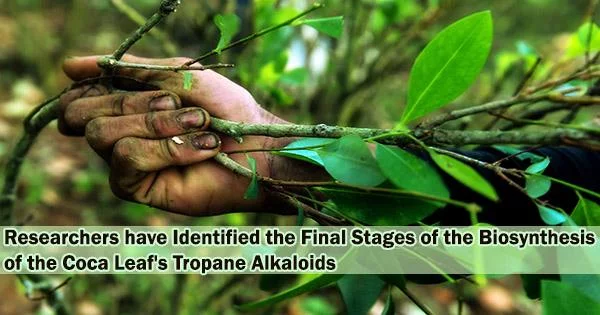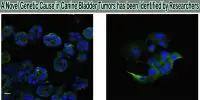Since the domestication of medicinal plants, humans has used a specific class of plant-derived chemicals called tropane alkaloids. These alkaloids are found throughout flowering plants, but those from the Solanaceae family (which includes relatives of tomatoes, tobacco, and potatoes) and the Erythroxylaceae (coca) family are the two most researched groups.
Numerous tropane alkaloids are among the most significant pharmaceuticals in today’s pharmacopeia, according to the WHO. Other substances, like cocaine, are more notorious for their narcotic and euphorigenic effects.
“It is critical to understand how plants produce these alkaloids in order for mankind to continue to build upon nature and develop new useful medicines,” says Dr. John D’ Auria, head of the IPK’s research group “Metabolic Diversity.”
Solanaceae has historically contained the tropane production mechanism that has been investigated and characterized the most. All of the more than ten chemical processes that are required to change the initial amino acid precursors into the finished active alkaloids have been discovered and characterized in solanaceous plants.
There has always been a suggestion that various families may have evolved the capacity to synthesize these alkaloids separately from one another based on the dispersed distribution of tropanes among blooming plants. In fact, it has already been shown that different stages of tropane production independently evolved in Erythroxylaceae members.
Using this powerful gene discovery platform, we successfully identified all the remaining ‘missing steps’ for tropane biosynthesis in coca. This represents the culmination of more than ten graduate student projects in my group and 15 years of my research.
Dr. John D’ Auria
“We have been working on elucidating the coca derived tropane pathway for the last 15 years and we have been successful in working on several key steps in the biosynthesis of cocaine and other related tropanes in coca,” says the IPK researcher. “The idea that coca would share similar enzymes and genes with their distant solanaceous relatives was incorrect. While the final structure of tropanes is similar, the pathway leading to these alkaloids is different.”
Dr. John D’Auria worked with Dr. Christina Smolke’s lab at Stanford University to identify the final steps in the pathway in coca. The Smolke group is an expert at using synthetic biology techniques to control yeast and microorganisms to produce significant medicinal compounds.
“With their assistance, we used the multiplicative power of gene manipulation in yeast to test many different gene candidates for the missing steps in the coca pathway. In essence, at every unknown step, we designed and tested multiple candidate sequences.”
These candidate sequences originated from transcriptome studies performed Dr. John D’ Auria’s group as well as the group of Dr. Lyndel Meinhardt from the USDA in Beltsville, Maryland (USA).
“Using this powerful gene discovery platform, we successfully identified all the remaining ‘missing steps’ for tropane biosynthesis in coca. This represents the culmination of more than ten graduate student projects in my group and 15 years of my research,” says Dr. John D’ Auria.
The most important aspects of the research currently support the hypothesis that tropane biosynthesis independently developed at least twice during the evolution of flowering plants.
“This is important because we also show in our study that you can mix and match the Solanaceae and Erythroxylaceae genes and produce tropanes,” says the IPK reseracher.
In layman’s terms, the research gives synthetic biologists a variety of tools to start designing the tropane alkaloid pathway in organisms that have never produced them before. Since different enzymes can be used for similar steps, those steps can be modified or optimized for particular chemical outcomes.
“In addition, we also show that the beginning portion of the pathway in coca proceeds by an interesting ‘detour’ or alternate route that doesn’t exist in solanaceous species,” says Benjamin Chavez, the first author of the study and a PhD student in the D’Auria laboratory.
“This provides insights in how plant metabolism can find solutions to biochemical challenges. Namely, we can understand the interplay between early precursors and their bottlenecks.”
Last but not least, the researchers identified a particular enzyme that is in charge of the so-called ‘carbomethoxy group,’ which is only present in coca alkaloids. These modifications do not exist in solanaceous species. The euphorigenic effects of cocaine are in part due to the carbomethoxy group.
















